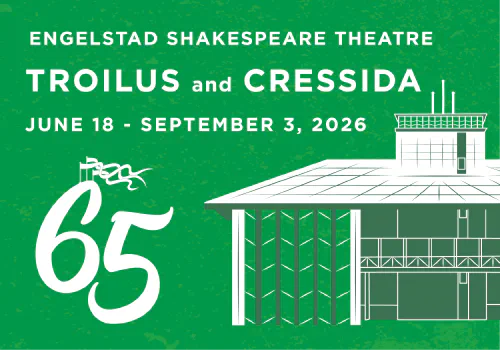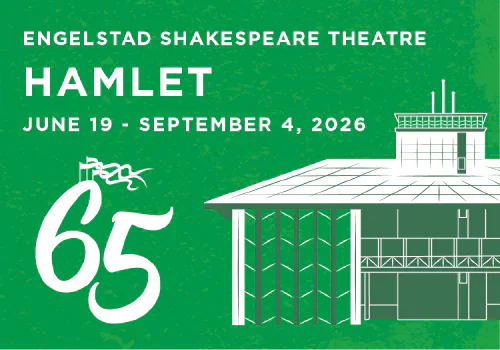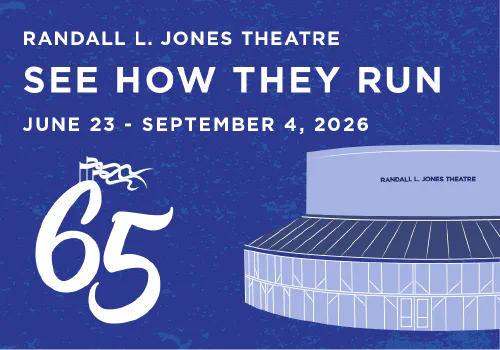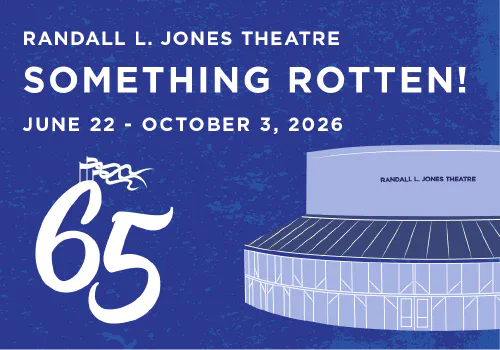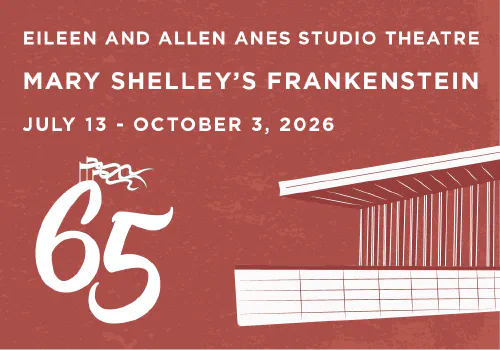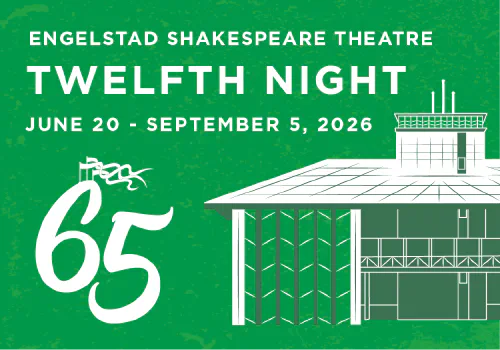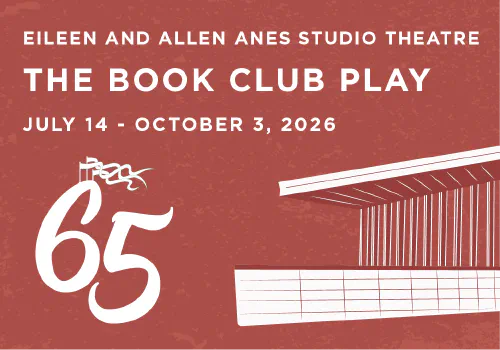OBJECTIVE
Students will analyze character motivation in Hamlet and use textual clues to determine Hamlet’s state of mind.
UTAH CORE STANDARDS
- Reading: Literature Standard 1
- Reading: Informational Text Standard 6
- Literacy Standard L3.T.CO.1
INTENDED AUDIENCE
9th grade – 12th grade
TIME
60 — 90 minutes
MATERIALS
- Video Clip: Rogue and Peasant Slave
- Video Clip: Now Might I Do It Pat
- Video Clip: To Be
- Hamlet sides
OUTLINE
-
HOOK
Have students name an actor or character that they respect or identify with? Why? Do they do things that you wish you could do? -
TRANSITION
Hamlet found himself in this position. He invites players to stage a scene to test the guilt of Claudius. After watching a performance by one of the actors, he reveals his thoughts through a soliloquy again. -
INSTRUCTION
Have the students watch the ”Rogue and Peasant Slave” soliloquy. Ask students to respond to the clip: What does he reveal about what he thinks and feels at this point? Why does he not act? What holds him back in doing what the ghost has asked him?Can you think of other stories where the protagonist doubts themselves or is hesitant to act? Does this make them stronger or weaker for you as an audience member? Does it make them more or less relatable?
-
MODELING
By the end of this, Hamlet has made up his mind on how to make sure that Claudius is guilty. He has the actors enact a play with a scene similar to the death of his father. Hamlet is confident that Claudius is guilty, and the ghost has spoken the truth.After the performance, Claudius kneels in prayer to beg forgiveness for his sins, and Hamlet sees him alone in prayer. Hamlet knows the man is guilty and he could easily surprise him and kill him right then and there. Does he?
Read or watch the “Now might I do it pat” soliloquy. Put students in pairs to analyze Hamlet’s motivations in this soliloquy: What does he want to do? Why doesn’t he do it? Have students share out one important idea/thought that was generated in the partnership.
-
INSTRUCTION
Most people know at least the beginning of the famous speech “To Be or Not to Be," but now it’s time to look at it with a closer understanding of Hamlet’s character journey/arc: What does he mean by To Be or Not to Be? Why would he consider an end to being? Would that help him achieve his goal of avenging his father, or simply an avoidance?Explain to students: knowing what you know about this character and this arc, you will be creating a choral reading of this soliloquy. What words will he stress? When will he speed up or slow down? What actions, positions, or postures can you use to support the words?
Have students build a choral recitation of the “To Be of Not to Be” soliloquy in groups of 4-5. Let each group explore the text and decide HOW they will present the speech to their classmates. They can vary readers, create tableau images, include movement, use repetition and vocal qualities, etc. Have each group present their speech performance, and discuss what new insights they had in the piece based on how they were presented.
-
ACTIVITY
Conduct a Gauntlet activity. Divide the class in half and have the student create two lines facing each other, spread out to fill the length of the room. Select two students, one to be Hamlet and one to be Hamlet’s father. Hamlet will start at one end of the lines, and his father will be on the opposite end. The student assigned as Hamlet’s father will occasionally call, “Avenge me,” as Hamlet slowly walks between the two lines towards his father.One line will be assigned to keep him from killing Claudius, and the other line will urge his to move forward with the killing (think of the classic devil and angel on the shoulder of a cartoon character). When Hamlet reaches his father, he needs to either say, “No,” if the class has convinced him to not move forward, or “Now might I do it,” if he is convinced to complete the killing.
Whatever the student says at the end, ask what arguments had the most impact on him. How hard was it balancing all of these arguments?
Ask the class what this activity taught them about Hamlet’s arc.
ASSESSMENT
Students will write up a quick response on whether they agreed with the choice the student Hamlet made at the end of the Gauntlet. Would they have made the same choice? Why or why not?
ENRICHMENT
Video: Approaching Hamlet: Part 4



